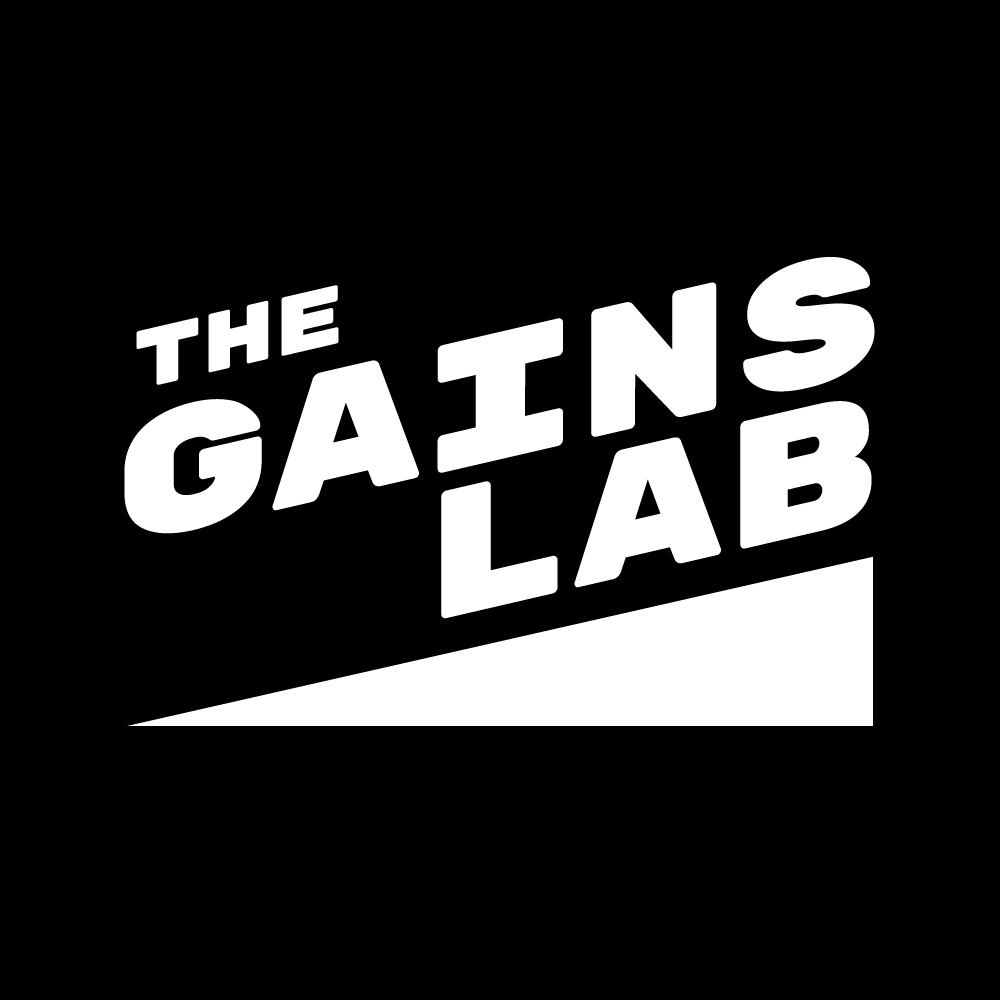Limits to sustainable muscle performance: interaction between glycolysis and oxidative phosphorylation
Summary
This study proposes a mechanism for establishing sustainable work rates, emphasizing glycolysis and oxidative phosphorylation as independent but connected ATP provider. It highlights the interaction between glycolysis and oxidative phosphorylation determines the sustainable ATP supply. Glycolytic ATP supply is not limited by oxygen supply or mitochondrial constraints. ATP supply is a function of ongoing interaction between glycolytic and oxidative systems.
Sustainable versus Maximum Performance
Sustainable power varies with activity duration. At any intensity, the sustainable work rate is influenced by blood flow and by-product accumulation. Increased concentration of anaerobic by-products is associated with decreased power output and a lower work rate.
Factors Governing Sustainable Power Output
Fatigue is associated with accumulation of byproducts such as inorganic phosphate (from phosphocreatine breakdown) and protons (from glycolysis and glycogenolysis). Decreasing work rates are caused by accumulation of these by-products, rather than ATP depletion. Maximum sustainable work rate for activities lasting more than a few minutes should be set by aerobic capacity, but because of interaction among energy systems, athletes often fail to achieve an intensity level commensurate with their aerobic capacity.
Partitioning ATP Supply
At the onset of exercise, the breakdown of phosphocreatine supplies ATP. This causes a buildup of ADP, and this increased ADP concentration is a signal to the mitochondria to produce more ATP. Once mitochondrial energy production increases, phosphocreatine breakdown stops. Glycolysis begins almost concurrently with exercise onset and reaches peak values at about 5 seconds. The study, available at the link on this page, includes illustrations of how each system produces ATP.
Limits to Oxidative Phosphorylation
Substantial glycolytic flux reduces pH, thus preventing the attainment of metabolic steady state. While some have suggested inadequate oxygen supply as the cause, the data suggests that cellular metabolism, not oxygen supply, restricts oxidative phosphorylation. The concentrations of ADP and H+ are integral to the sustainable work rate.
Rattlesnake tail shaking is an extreme example of how glycolysis is a high-flux pathway which can making a significant ATP contribution to sustained activities. Rattlesnake tail muscles can produce up to 40% of their ATP from glycolytic processes during sustainable work, whereas human muscle usually maxes out at 20% or so. Rattlenake tail shaker muscle has excellebt bllod supply, and the distance from muscle fibers to blood vessels is very small, allowing for effective removal of glycolytic by-products. As such, glycolysis can continue at a high rate.
What Limits ADP
Steady-state ADP levels in exercising muscle are observed to be below the threshold required to elicit maximal oxidative capacity, indicating that intracellular properties are limit sustainable work rates, not oxygen delivery issues. Declining pH - due to glycolysis - inhibits the rise in ADP, thus potentially limiting oxidative phosphorylation during exercise.
Keeping Phosphocreatine Low and/or pH High
Higher ADP levels are achieved when phosphocreatine is low and/or pH is high, and demonstrates how changes in phosphocreatine levels impact ADP concentration. The interplay between these factors is found to influences activation of mitochondrial oxidative capacity, thereby affecting ATP balance and overall muscle performance. Training should account for these physiological properties and optimize them based on athlete need.
Conclusion
The interaction between glycolysis and oxidative phosphorylation significantly influences sustainable muscle performance. Glycolysis and oxidative phosphorylation jointly contribute to sustaining ATP supply, with the constraints imposed by pH reflecting the complex interplay between these two processes.
Key Terminology
ATP (Adenosine Triphosphate): The primary energy-carrying molecule in the cells, used to fuel various cellular processes.
Glycolysis: The metabolic pathway that converts glucose into pyruvate, producing ATP and NADH as a result.
Oxidative Phosphorylation: The process of generating ATP from the transfer of electrons in the presence of oxygen in the mitochondria.
Protons: Positively charged particles that are released during various metabolic processes (especially glycolysis), contributing to the regulation of pH levels in cells.
Lactate: A byproduct of the anaerobic breakdown of glucose that accumulates in muscles during intense exercise.
VO2 Max: Maximum oxygen uptake, used as a measure of an individual's aerobic capacity.
Magnetic Resonance Spectroscopy: A non-invasive imaging technique that uses magnetic fields and radio waves to produce detailed images of the inside of the body.
Phosphocreatine: A high-energy compound that serves as a rapidly mobilizable reserve of high-energy phosphates in skeletal muscle.
Inorganic Phosphate: A byproduct of ATP breakdown.
ADP (Adenosine Diphosphate): A molecule formed when ATP loses a phosphate group, and it serves as a precursor for the synthesis of ATP.
Original Paper
